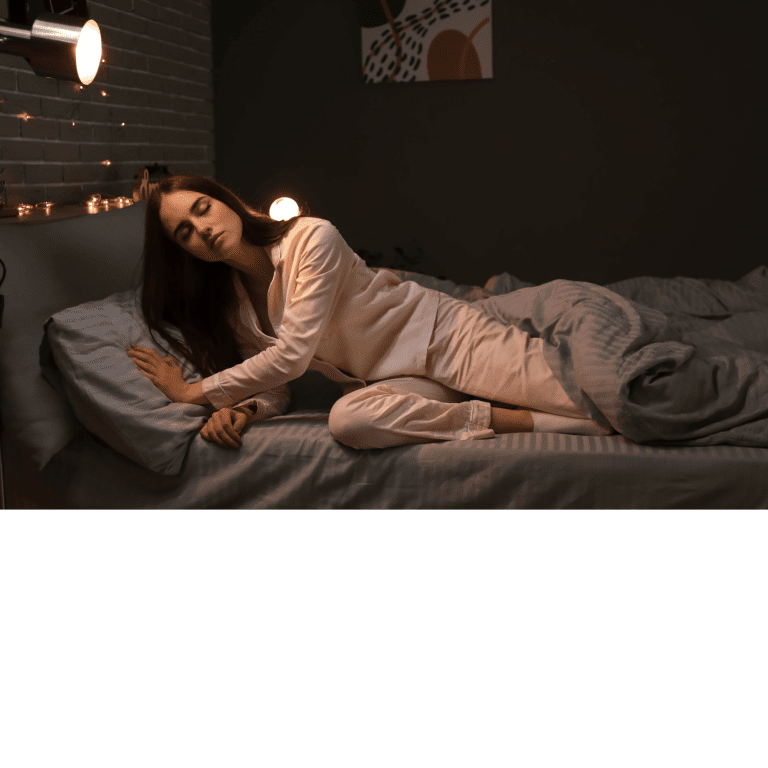Sleepwalking is a sleep disorder. It happens when someone is in a state of low consciousness and is a mix of being asleep and awake. While sleepwalking, people can do things that are harmless or dangerous. Because of the potential risks, it is important to watch and help someone who sleepwalks.
Challenges in Research
Studying sleepwalking is difficult because it is complex. There are disputes, refutations, and inconclusive results in sleepwalking research. This lack of concrete information makes it hard to diagnose and treat sleepwalking.
Treatments for Sleepwalking
Guided Meditation: Some believe that the calming and harmonizing effects of guided meditation may gradually alleviate sleepwalking tendencies, promoting restful slumber. Symptoms and Risks Sleepwalking occurs when someone partially wakes up during NREM sleep. They have intense dreams and may act out their dreams. People who sleepwalk may make poor decisions, do things that don’t make sense, and feel disoriented. Sleepwalkers often get hurt, so it’s important to take steps to prevent it. Causes of Sleepwalking We do not know the exact causes of sleepwalking. Some possible causes are problems with the central nervous system, not getting enough sleep, having a fever, feeling tired, and having certain genes. Children whose parents sleepwalk are more likely to sleepwalk themselves. Treatment Approaches There is not enough proof to show that psychological and pharmacological interventions can treat sleepwalking. There are different treatments available, such as hypnotism, psychoanalysis, scheduled waking, and relaxation training. Safety planning, which includes using alarms and gates, is an effective way to prevent harm during sleepwalking.

